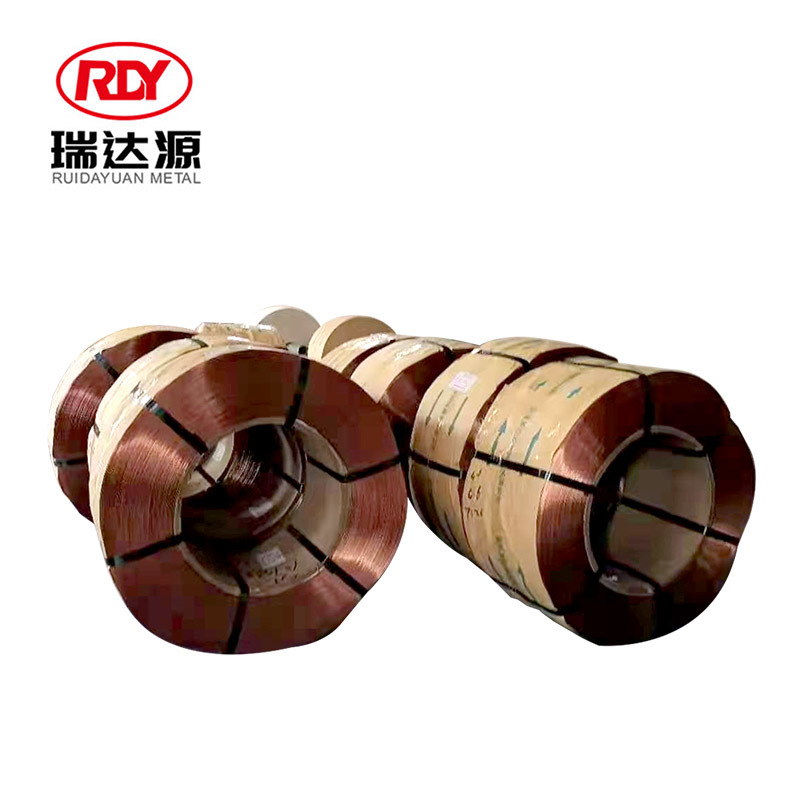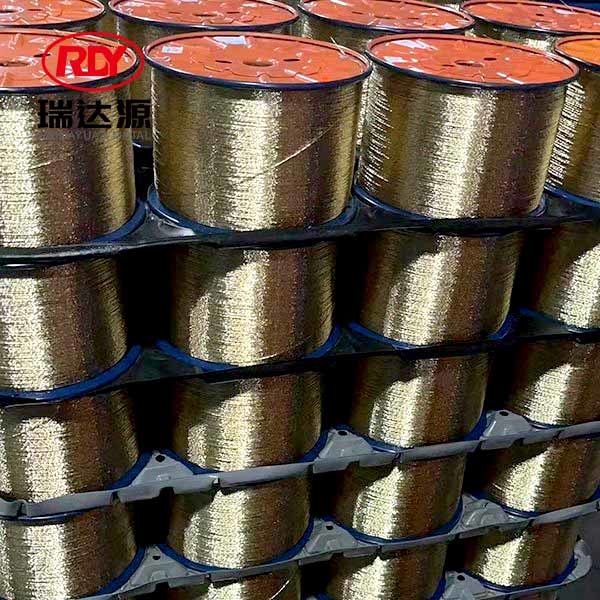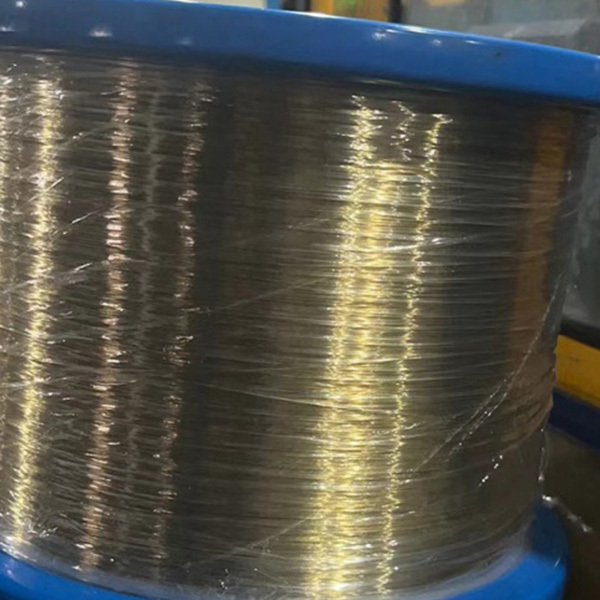Understanding Copper-Coated Steel Wire: Benefits and Applications in Construction
Release Time:
May 23,2025
Copper-coated steel wire is an innovative product that has garnered significant attention in various industrial applications, particularly within the construction and decorative materials sectors. This composite wire consists of a steel core with a thin layer of copper coated on its surface. The unique combination of materials results in a wire that not only retains the tensile strength and durabi

Copper-coated steel wire is an innovative product that has garnered significant attention in various industrial applications, particularly within the construction and decorative materials sectors. This composite wire consists of a steel core with a thin layer of copper coated on its surface. The unique combination of materials results in a wire that not only retains the tensile strength and durability of steel but also benefits from copper’s excellent corrosion resistance.
One of the standout features of copper-coated steel wire is its ability to withstand harsh environmental conditions. Steel, while strong, is prone to rusting when exposed to moisture and other corrosive elements. The copper coating acts as a protective barrier, significantly reducing the likelihood of corrosion and extending the lifespan of the wire. This property makes it particularly suitable for outdoor applications, such as in fencing, roofing, and electrical grounding systems, where exposure to the elements is a concern.
Another advantage of copper-coated steel wire is its excellent conductivity. While pure copper is known for its electrical conductivity, the steel core provides added strength, making this wire an ideal choice for electrical applications where both strength and conductivity are required. It is commonly used in grounding systems, power lines, and communication cables, ensuring reliable performance in various electrical installations.
In addition to its practical benefits, copper-coated steel wire also has aesthetic applications in the construction and decoration industries. The copper finish can provide an attractive visual appeal, making it a popular choice for decorative fencing, architectural features, and artistic installations. Its versatility allows designers and architects to incorporate it creatively into their projects, enhancing the overall aesthetic while maintaining structural integrity.
The manufacturing process of copper-coated steel wire involves precise techniques to ensure that the copper layer adheres effectively to the steel core. This ensures durability and performance, making it a reliable option for engineers and builders. Furthermore, advancements in technology have improved the quality of the coating process, leading to more uniform thickness and better overall performance.
In summary, copper-coated steel wire represents a valuable material that merges the strength of steel with the protective qualities of copper. Its resistance to corrosion, excellent conductivity, and aesthetic versatility make it a preferred choice in various applications within the construction and decorative materials fields. Understanding the properties and uses of copper-coated steel wire can aid professionals in making informed decisions regarding material selection for their projects.
One of the standout features of copper-coated steel wire is its ability to withstand harsh environmental conditions. Steel, while strong, is prone to rusting when exposed to moisture and other corrosive elements. The copper coating acts as a protective barrier, significantly reducing the likelihood of corrosion and extending the lifespan of the wire. This property makes it particularly suitable for outdoor applications, such as in fencing, roofing, and electrical grounding systems, where exposure to the elements is a concern.
Another advantage of copper-coated steel wire is its excellent conductivity. While pure copper is known for its electrical conductivity, the steel core provides added strength, making this wire an ideal choice for electrical applications where both strength and conductivity are required. It is commonly used in grounding systems, power lines, and communication cables, ensuring reliable performance in various electrical installations.
In addition to its practical benefits, copper-coated steel wire also has aesthetic applications in the construction and decoration industries. The copper finish can provide an attractive visual appeal, making it a popular choice for decorative fencing, architectural features, and artistic installations. Its versatility allows designers and architects to incorporate it creatively into their projects, enhancing the overall aesthetic while maintaining structural integrity.
The manufacturing process of copper-coated steel wire involves precise techniques to ensure that the copper layer adheres effectively to the steel core. This ensures durability and performance, making it a reliable option for engineers and builders. Furthermore, advancements in technology have improved the quality of the coating process, leading to more uniform thickness and better overall performance.
In summary, copper-coated steel wire represents a valuable material that merges the strength of steel with the protective qualities of copper. Its resistance to corrosion, excellent conductivity, and aesthetic versatility make it a preferred choice in various applications within the construction and decorative materials fields. Understanding the properties and uses of copper-coated steel wire can aid professionals in making informed decisions regarding material selection for their projects.
Keywords:
Related news








